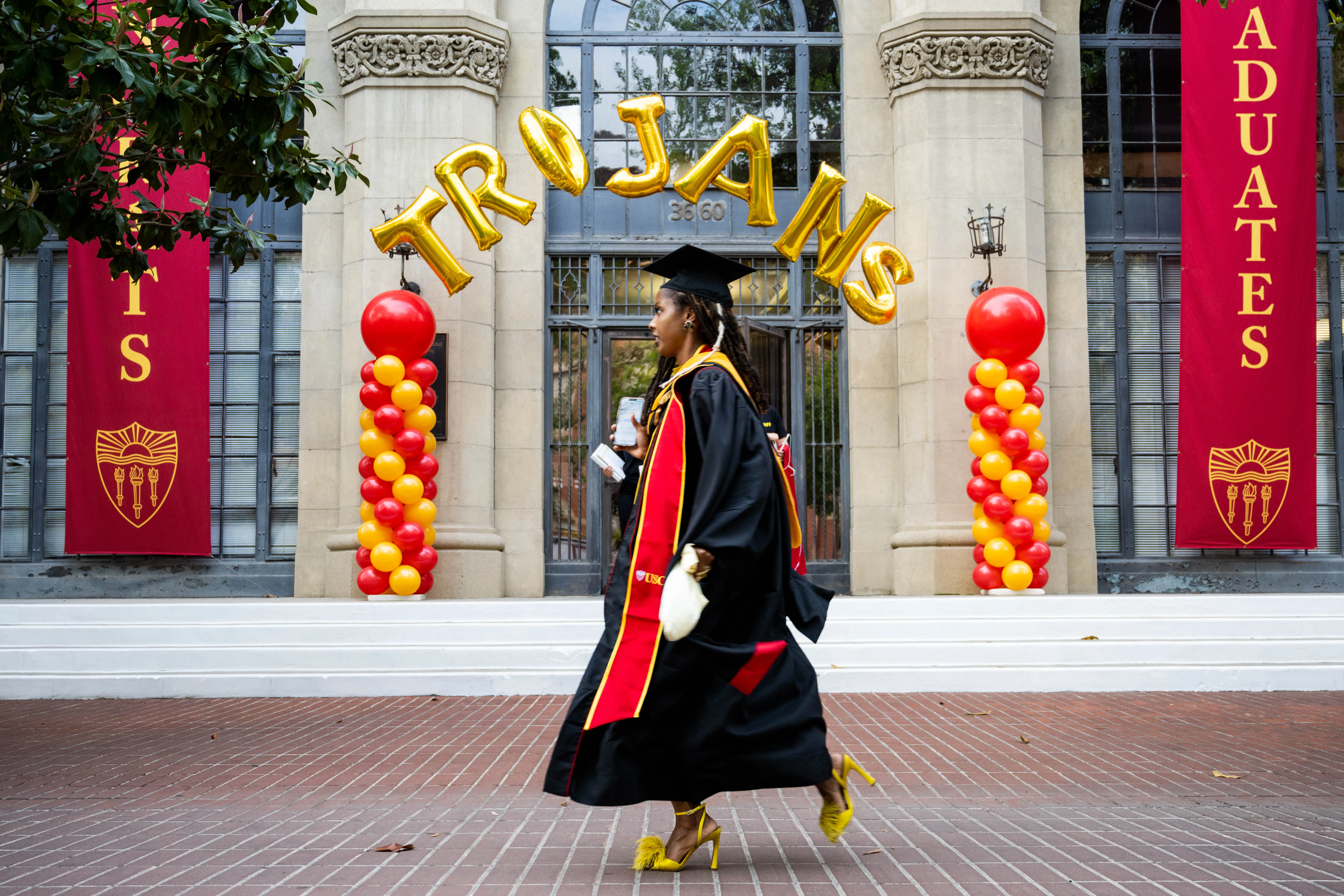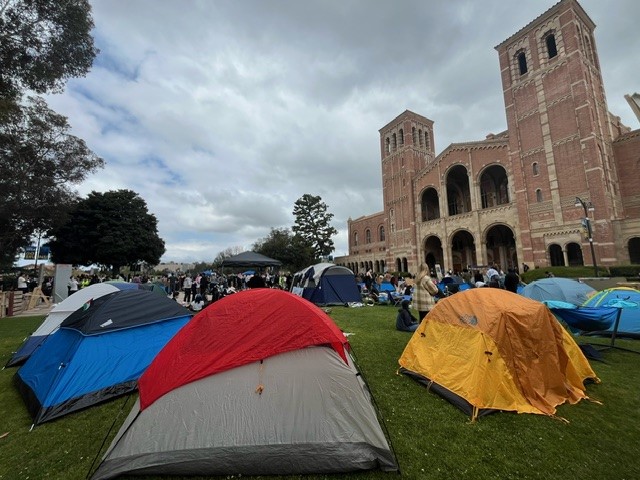Family members of the seven people gunned down 40 years ago on the campus of Cal State Fullerton will gather Tuesday in memory of the mass shooting victims.
The 7 p.m. candlelight vigil and memorial will be at the Cal State Fullerton Memorial Grove to remember the victims shot and killed when a gunman opened fire July 12, 1976. For the victims' families, the pain has never been far away during the past four decades.
"It's very shocking that 40 years have passed because it just seems like yesterday, really," Patricia Almazan, whose father was among the victims, told City News Service. "I know it sounds silly -- people ask me why don't you have closure -- but you can't put a time limit on grief. For some it's short, but for others it's a lifelong pain of remembering a loved one's murder."
Graphic artist Frank Teplansky, library assistant Stephen L. Becker, Prof. Seth Fessenden, photographer Paul Herzberg, audio technician Bruce Jacobsen, and custodians Donald Karges and Deborah Paulsen also were killed in the massacre.
Edward Charles Allaway, found guilty of the shooting by reason of insanity, fired 23 rounds during the attack and remains at Patton State Hospital. The attack, which lasted about five minutes, left two others wounded.
Allaway was a janitor at the Orange County campus. He chased some of the victims, tracking them down by using elevators and stairs to move around during the rampage. Allaway fired into a graphic arts studio and library before driving to a hotel where his wife worked.
He then called police to surrender.
News
Top news of the day
It was the worst mass shooting in Orange county until the 2011 shooting at a Seal Beach hair salon that killed eight people.
Almazan has been committed to making sure the shooter stays locked up because he has the legal right to petition annually for release from Patton State Hospital, where he was transferred in 1995 from Atascadero State Mental Hospital. He filed for release in 1986, 1991, 1994 and 2000. In 2001, there was a two-month trial in which he was found unfit for release.
The Orange County District Attorney's office has opposed his release, arguing that he poses an unreasonable risk to public safety, if set free.
Almazan said her father has been on her mind much more of late since the deadly mass killings in Dallas and Orlando.
"You have to have that on your mind," she said. "You think, 'Are there any solutions and so forth?' So, yes, I think about it every time I see a mass shooting and it's very disturbing and very painful."
Almazan, who was 30 at the time her father was killed, said she still misses him terribly every day. She met with her father's killer in 2006.
"I was told he was dying of cancer," she said. "There's nothing I'd like to hear from him except the truth of what happened... It was a very scary time for me because he was just two feet from me across the table. When I had my questions like why did he specifically shoot my father he claimed not to remember anything. He couldn't even remember my father's name.
"It seemed very contrived and after five minutes I knew he would not do anything."



